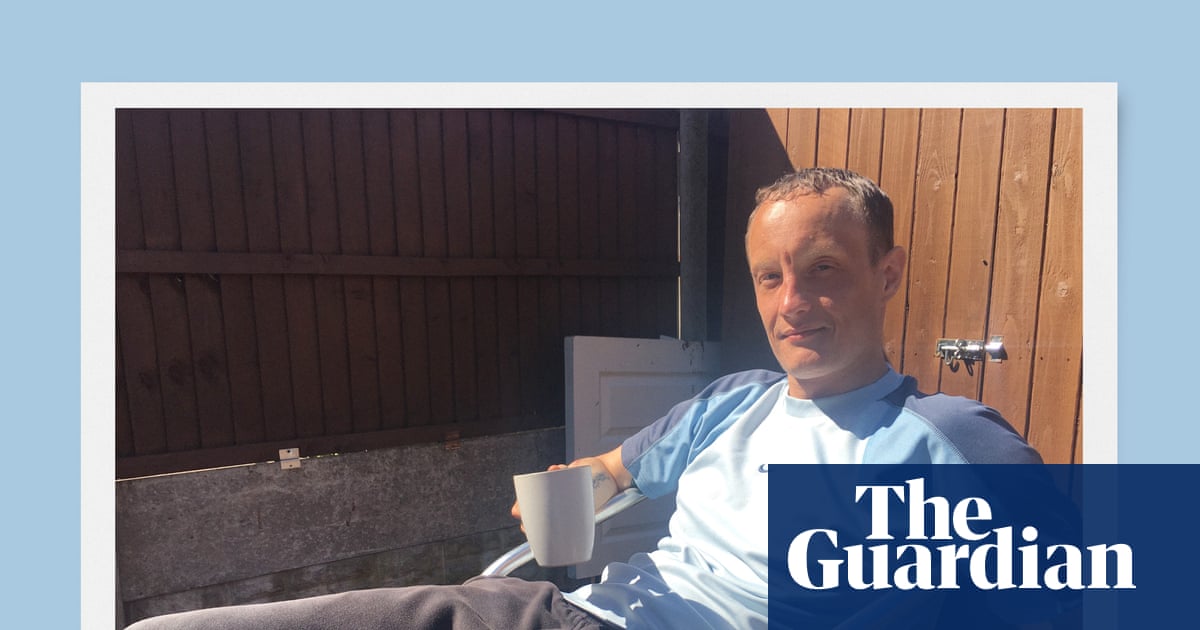Craig was a runaway when I first met him. Missing from a local children’s home, he spent his days hanging out in Nottingham city centre. He had just turned 13 and he was tall for his age, easily recognisable with his blond hair, but he seemed invisible to the authorities.
No one was looking for him or the other dozen children who congregated on the market square. Most of them had absconded from care, some were dodging school. A few, like Craig’s mate Mikey, just didn’t bother going home. The youngest runaway, Mark, claimed he’d been missing from foster care for months and had spent his 12th birthday on the run. They were glad to have found each other and for a week or so they slept together in an alleyway. Craig organised bedding. He had picked up some tips from the experienced rough sleepers, he told me, as he collected cardboard he’d stored behind a bin. “Keeps the cold off your bones,” he said, without confidence. That was his first taste of being homeless.
It was 1998 and I was in Nottingham filming Staying Lost, a documentary series for Channel 4. The number of runaways in the UK was at crisis point. A Children’s Society report estimated that 100,000 children ran away every year. Our series set out to follow some, like Craig, who survived on the streets, existing outside the system. We documented his life as he stumbled from one precarious situation to the next. On the face of it, he seemed unfazed by the chaos around him. He was often quiet, watching as street dramas played out in front of him. It was difficult to read what he was thinking and just how lost he felt.
Once in a while, Craig would catch the bus four miles up the road to the 1970s estate where he grew up. I went there with him one day, half hoping I would find out the truth about why he’d ended up in care in the first place. Craig was pleased to show me round his “manor” as he called it. Teenagers cruised up and down on bikes that were far too small for them and there were trainers strung up over telephone wires. “Thrown up there for a laugh. There’s not much to do round here,” Craig admitted, although he seemed genuinely pleased to be back.
We went into his mum’s. And if I was expecting some clues to his past the carefully wiped surfaces and dusted ornaments gave nothing away. The house was full, he explained to me. His sister and her baby lived there although his older brother had his own place now. His mum made me a cup of tea, but had little to say to her youngest son. According to her, he was “a nightmare” and his antics, as she called them, were too much for her. He’d had his last chance and she’d put him in care. No one could deal with him, she told me. It was unclear how much anyone had tried.
Our visit was short lived. If he’d ever had a room, it was no longer available. In fact, there was no sign left that he’d ever lived there. No point in sticking around when you don’t feel wanted. So 13-year-old Craig jumped on the bus back to town and began the search for where he would sleep that night.
The novelty of a cardboard mattress had worn thin and Craig started to seek out more sheltered places to hide. He called me once from a half-derelict squat near the station. A bloke called Jock was letting him crash in an old armchair but it was too noisy to sleep. Mates of Jock’s turned up unannounced at all hours, with unexplained bloody noses and unpredictable tempers.
When the weather was OK Craig tried “camping out” on the Forest recreation ground but it was too “on top” as he called it. The nearby red-light district was busy and punters cruising past made for an uneasy atmosphere. Shadows slipped in and out of the headlights and Craig knew that girls from the children’s homes were working there. He’d heard stories of young boys selling sex in the public toilets.
Continue Reading on The Guardian
This preview shows approximately 15% of the article. Read the full story on the publisher's website to support quality journalism.
